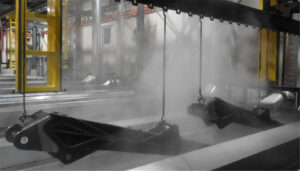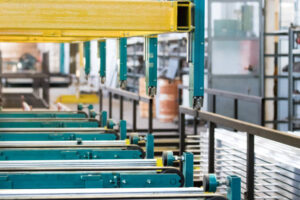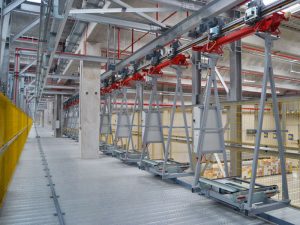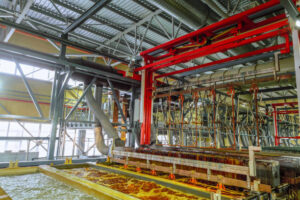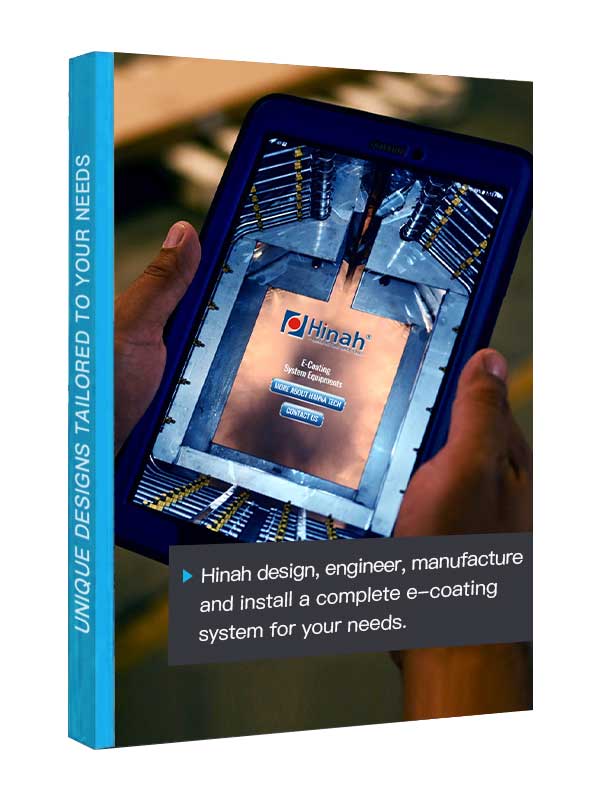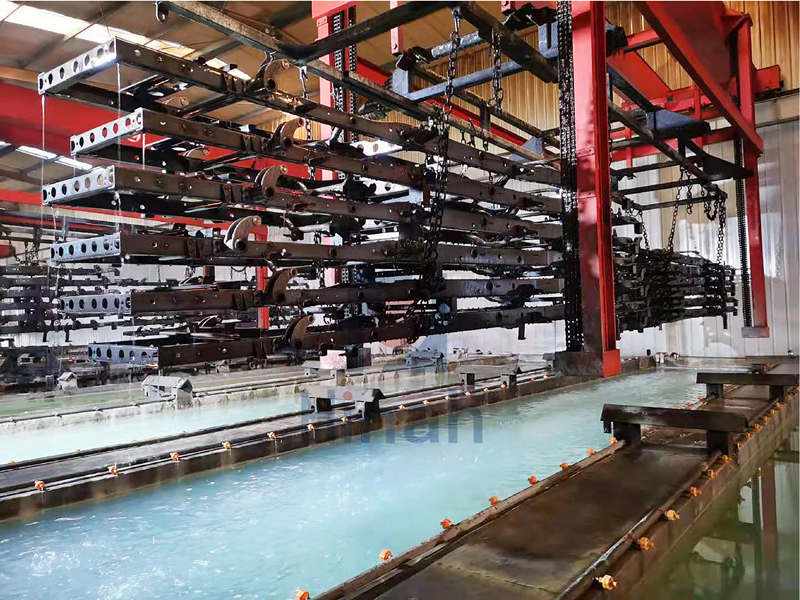In an e-coating line, smooth workflow is essential to maintaining high-quality finishes, consistent output, and operational efficiency. However, even the most advanced systems can encounter unexpected slowdowns or recurring issues that reduce productivity and increase production costs.
This article explores the most common bottlenecks found in e-coating line operations—from pretreatment to final drying—and offers practical solutions to eliminate them. Whether you’re facing inconsistent part movement or bath contamination, understanding these weak points is the first step toward building a stronger, more reliable coating process.
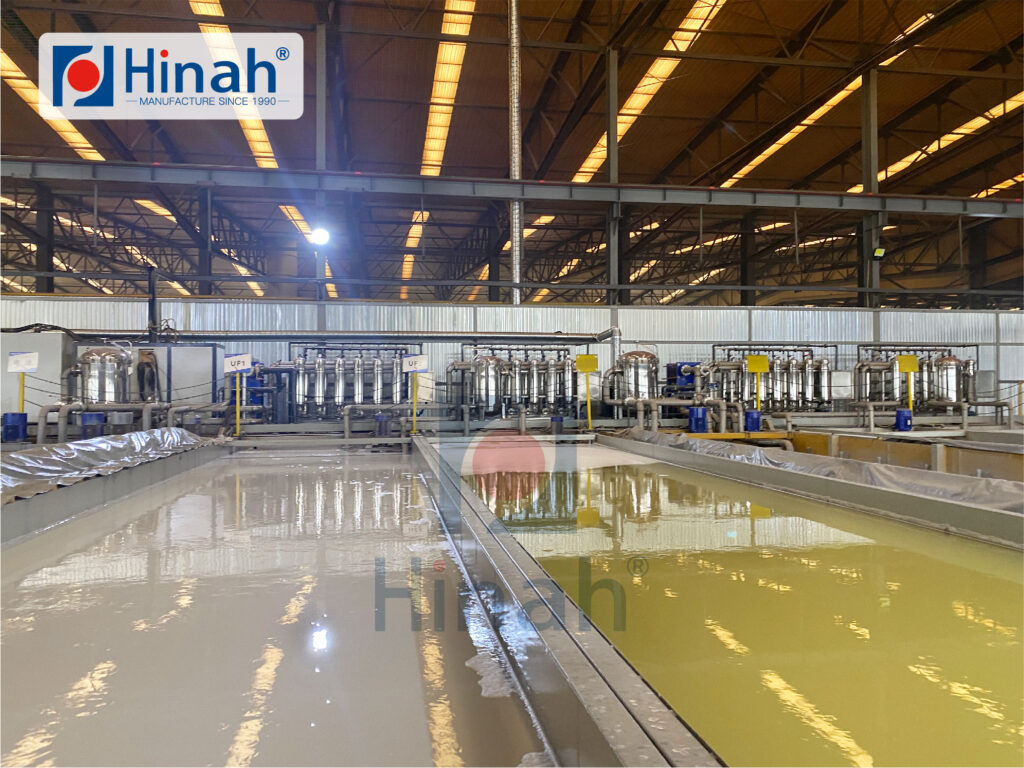
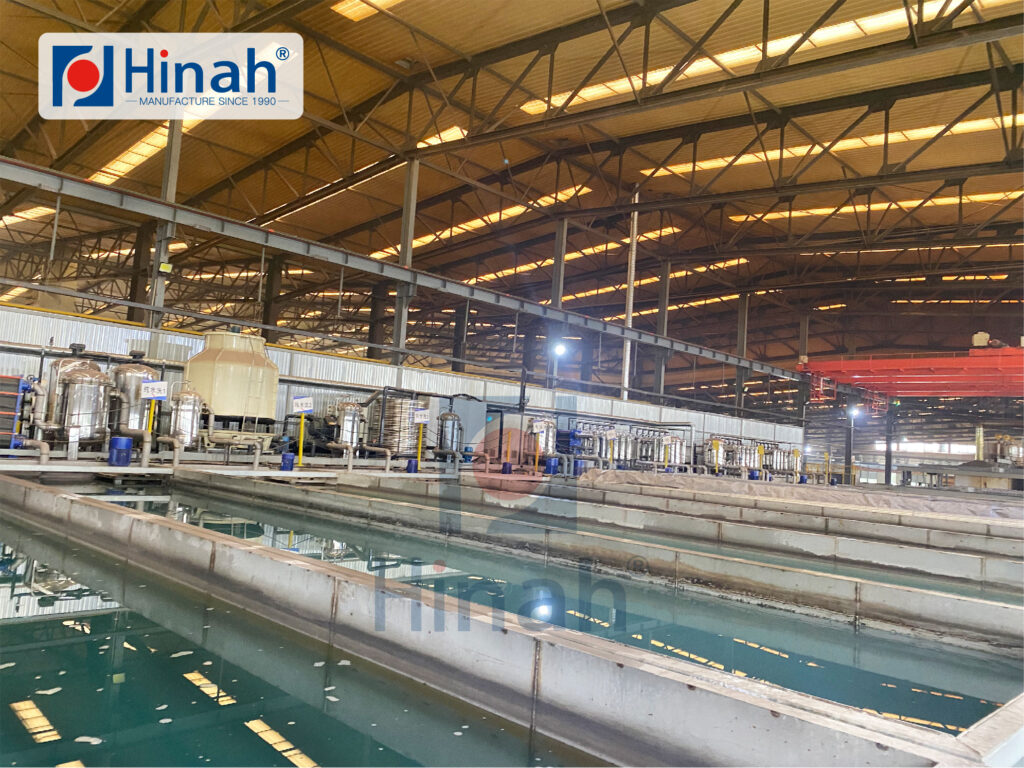
I. Pretreatment Delays and Surface Contamination
Pretreatment system is the foundation of any successful e-coating line. If this stage is compromised, the entire coating process is at risk. Common issues include incomplete degreasing, poor rinsing, or irregular phosphate coating—each of which can leave contaminants on the metal surface. These residues prevent proper paint adhesion, leading to defects such as blistering, flaking, or poor corrosion resistance.
To avoid these problems, manufacturers should implement strict quality controls in the pretreatment area. This includes regular chemical concentration checks, pH monitoring, and equipment maintenance. Optimizing rack design and part spacing can also improve solution flow and ensure even surface coverage. A well-managed pretreatment system not only improves coating performance but also extends the life of the e-coating bath and reduces costly rework.
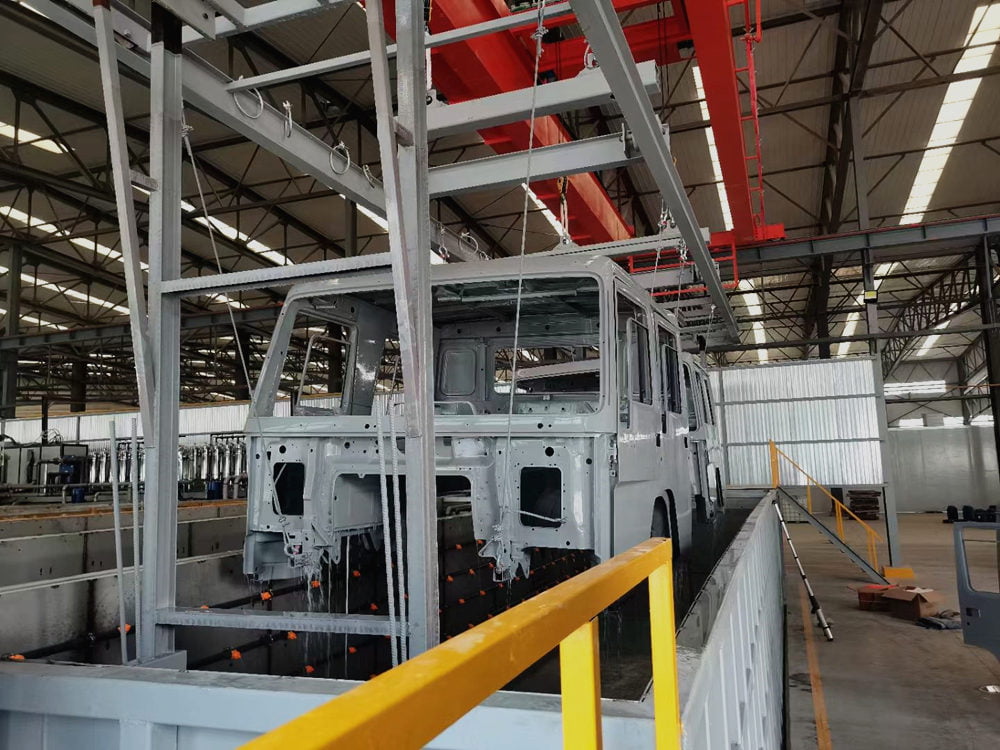
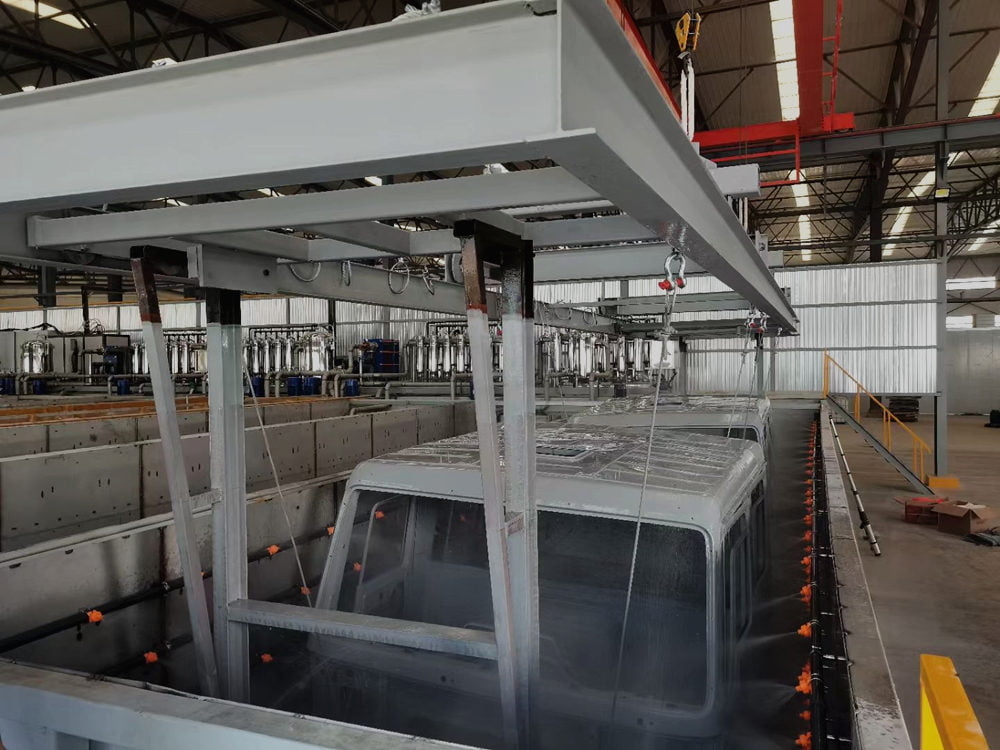
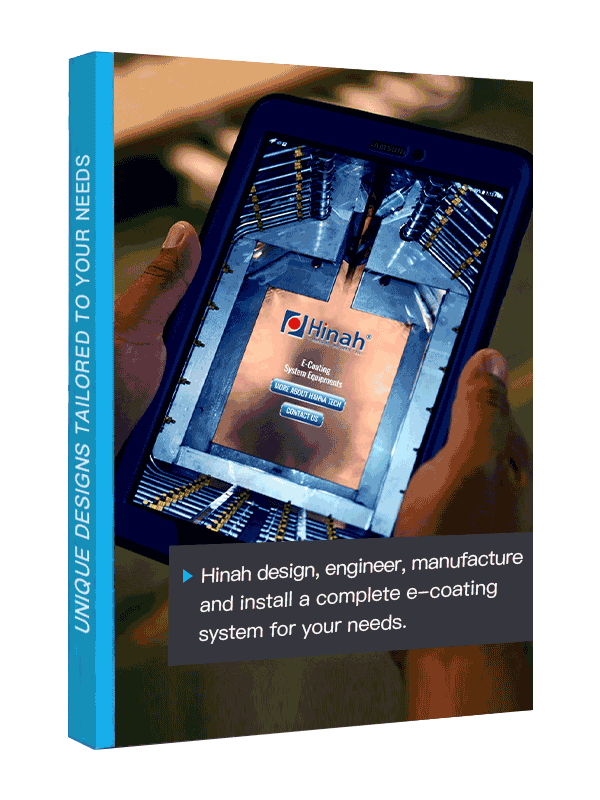
Let's Have A Chat
Get An E-coating Line Planning !
Match Your Products, Get The Solution & Price..
II. Unbalanced Transport Timing Across the E-Coating Line
Consistent transport timing is critical to ensuring each part spends the correct amount of time in every stage of the e-coating line. When timing is off—even by a few seconds—it can disrupt chemical reactions, cause uneven coating thickness, or create drying inconsistencies downstream. These issues often originate from conveyor misalignment, poor synchronization between zones, or manual loading variations.
To address unbalanced transport timing, consider the following improvements:
- Automate conveyor control – Use programmable logic controllers to ensure smooth, timed transitions between zones.
- Install sensors for real-time monitoring – Detect and adjust for delays or bottlenecks immediately.
- Standardize part loading – Use jigs or templates to keep parts evenly spaced and aligned.
- Conduct takt time audits – Regularly evaluate the production rhythm to spot inefficiencies and rebalance the line.
By synchronizing part movement and line speed, you can maintain coating consistency, prevent downtime, and improve overall e-coating line efficiency.
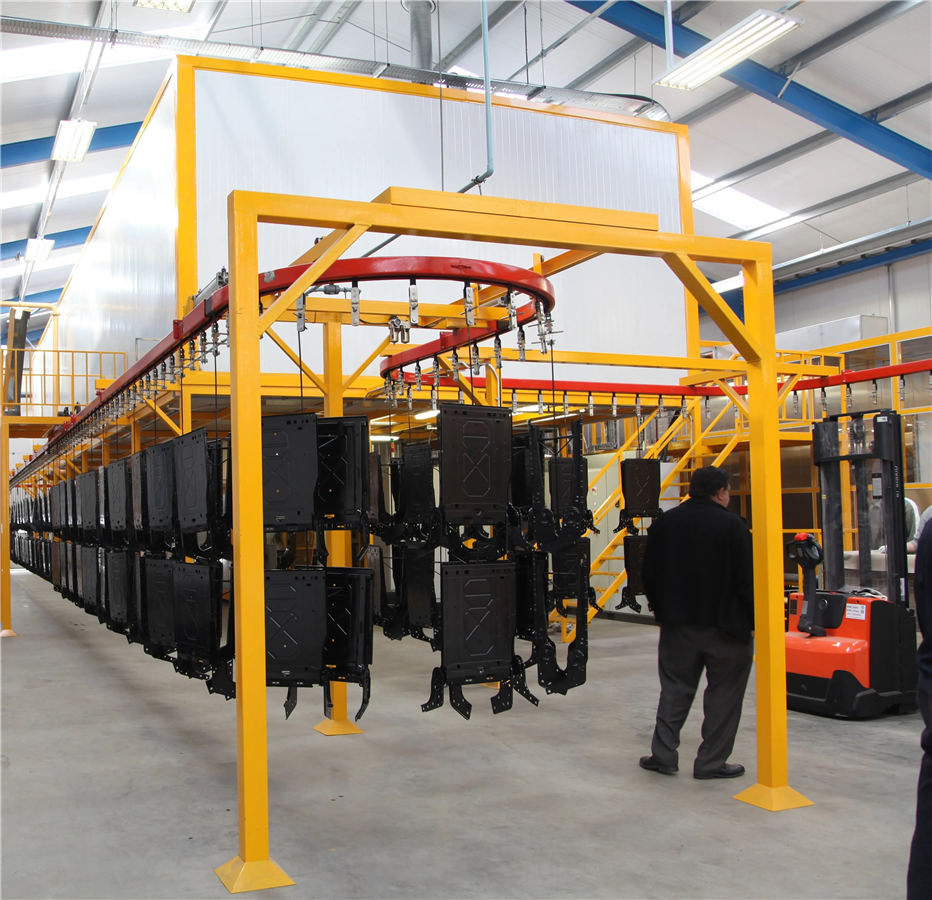
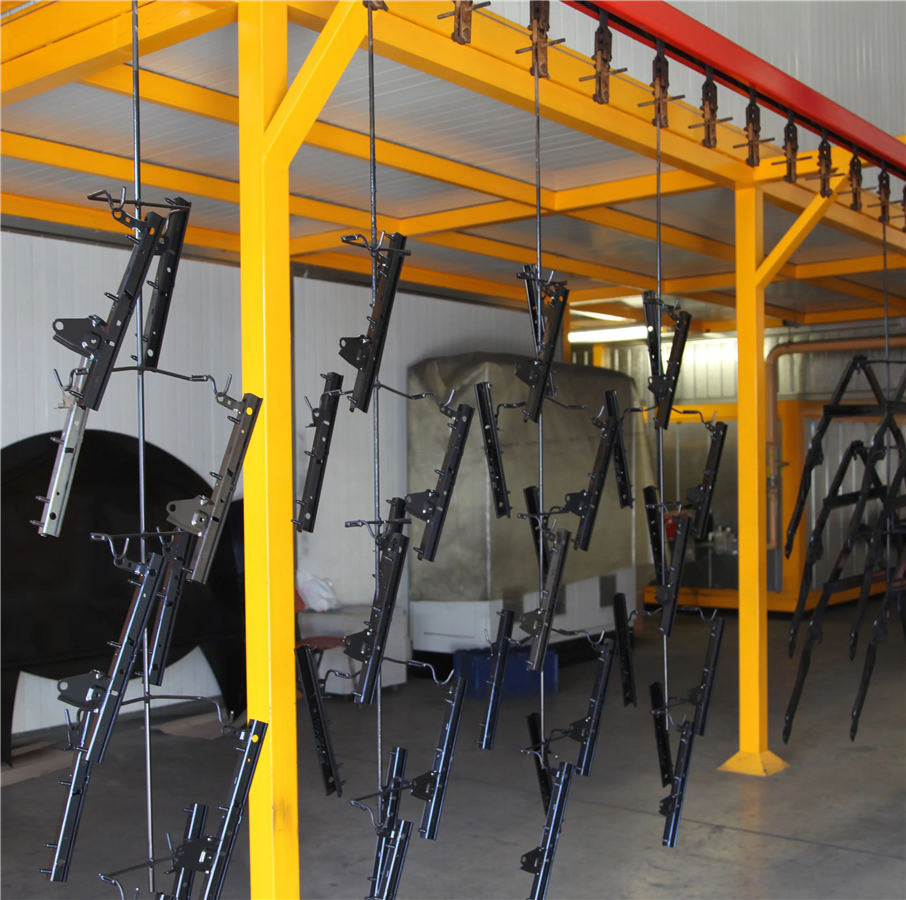
III. Clogged Ultrafiltration Systems and Bath Contamination in E-Coating Line
Ultrafiltration systems are essential to maintaining a clean and stable e-coating bath. When these systems become clogged or neglected, contaminants such as excess paint solids, dirt, or oils can accumulate in the tank. This leads to uneven coating, surface defects, and a higher rejection rate—especially in high-volume production environments.
Several factors contribute to UF clogging and bath contamination:
- Lack of routine membrane cleaning – Over time, buildup on the UF membranes restricts flow and reduces filtration efficiency.
- Inadequate pressure monitoring – Failing to monitor pressure differentials across the UF system can result in undetected blockages.
- Poor maintenance of rinse tanks – Dirty rinse water allows oils and debris to recirculate into the main bath.
To prevent these issues, manufacturers should implement a preventive maintenance schedule that includes backflushing, membrane inspections, and regular water quality testing. Upgrading to high-efficiency UF membranes and maintaining proper circulation also help extend bath life and ensure consistent coating performance across the e-coating line.
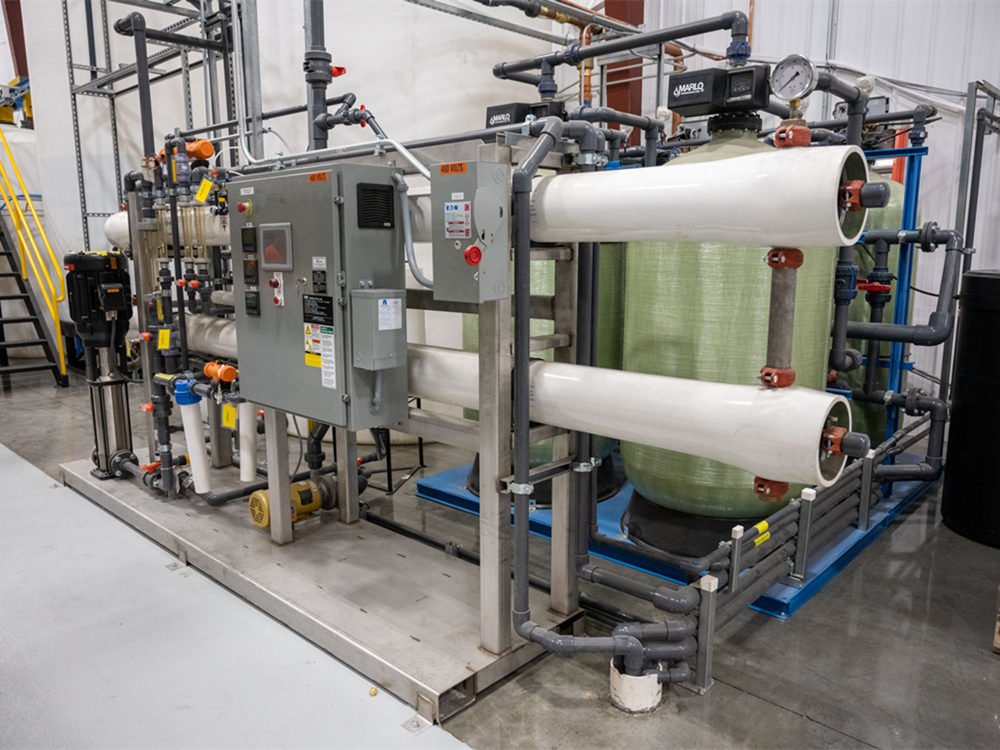
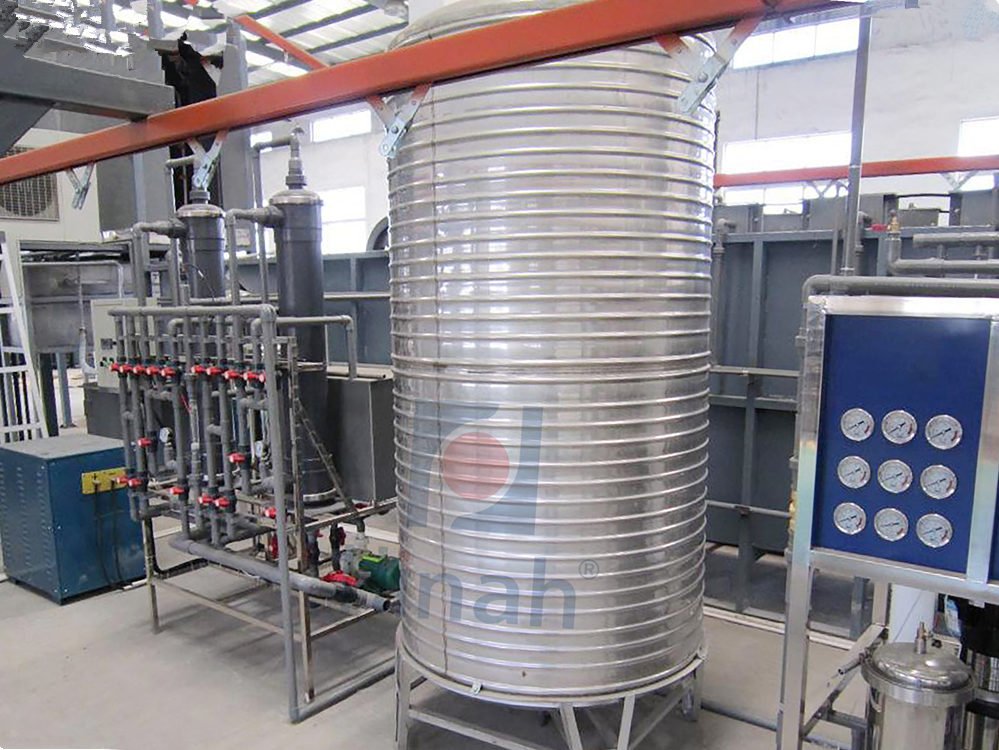
IV. Final Rinse and Drying Zone Inefficiencies
The final rinse and drying zones are often overlooked, yet they play a critical role in ensuring defect-free finishes in an e-coating line. If rinse water is contaminated or poorly distributed, residues such as phosphates or surfactants can remain on the surface, leading to coating defects or adhesion failures. Similarly, insufficient drying can trap moisture beneath the coating, causing blistering or corrosion over time. To improve this stage, ensure rinse water is regularly refreshed and filtered, and that nozzles deliver consistent, full-coverage sprays. For drying, verify that temperature settings are appropriate for part geometry and line speed, and that airflow reaches all surfaces evenly.
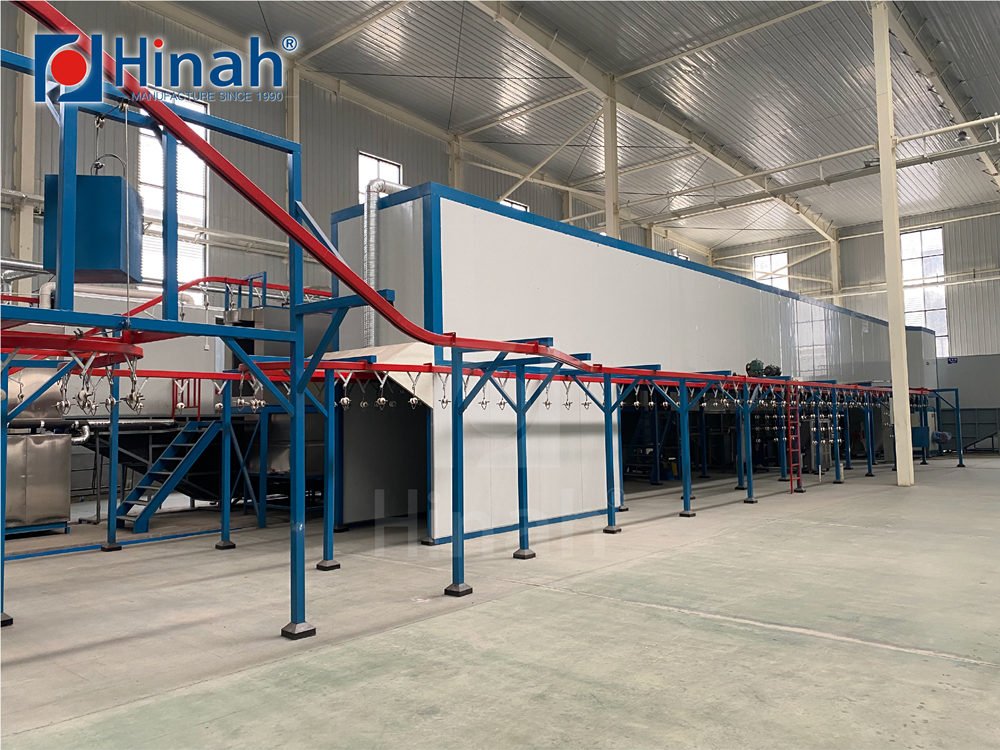

Conclusion: Strengthening Workflow for a More Efficient E-Coating Line
No e-coating line is immune to operational challenges, but most bottlenecks—whether in pretreatment, transport, filtration, or rinsing—are preventable with the right strategies. By identifying weak points early and implementing targeted improvements, manufacturers can significantly enhance coating quality, reduce downtime, and optimize resource use. A well-maintained, well-balanced workflow not only ensures consistent product results but also extends equipment life and boosts overall profitability. Continuous monitoring, preventive maintenance, and staff training are key to turning your e-coating line into a high-efficiency production system.

